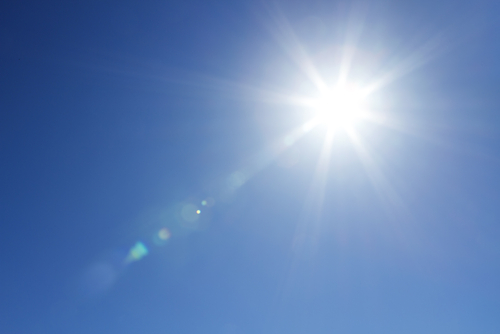Hurricane Arthur has become the first hurricane of this year’s Atlantic season, which started at the beginning of June.
Arthur is currently located close to the coast of south-eastern USA and is expected to move north-east, parallel to the coast, in the next few days.
Although the centre of the hurricane may only graze the coast it is likely to produce a storm surge several feet above normal tide levels and cause strong surf and rip currents along stretches of the US east coast.
Hurricane warnings have been issued by the National Hurricane Center for the North Carolina coast.
Seasonal forecasts for the Atlantic mostly indicate that there is likely to be a slightly below normal level of activity this season.
The Met Office forecast is for the most likely number of tropical storms in the season to be 10 with six of these likely to become hurricanes.
Further details can be found here: North Atlantic tropical storm seasonal forecast web page.
Meanwhile in the west Pacific a tropical depression has formed just south of the island of Guam.
This is expected to strengthen into a powerful typhoon over the weekend and could potentially threaten parts of Japan or Korea by the middle of next week.
Official forecasts of Atlantic and east Pacific tropical storms are provided by the National Hurricane Center.
Official warnings of west Pacific tropical storms are produced by the Japanese Meteological Agency (JMA).
The Met Office routinely supplies predictions of cyclone tracks from its global forecast model to regional meteorological centres worldwide, which are used along with guidance from other models in the production of forecasts and guidance.
Met Office StormTracker provides a mapped picture of tropical cyclones around the globe with access to track history and six-day forecast tracks for current tropical cyclones from the Met Office global forecast model and latest observed cloud cover and sea surface temperature. Find updates on current tropical storms via @metofficestorms on Twitter.
© Met Office





